What Is True Blended Incense?
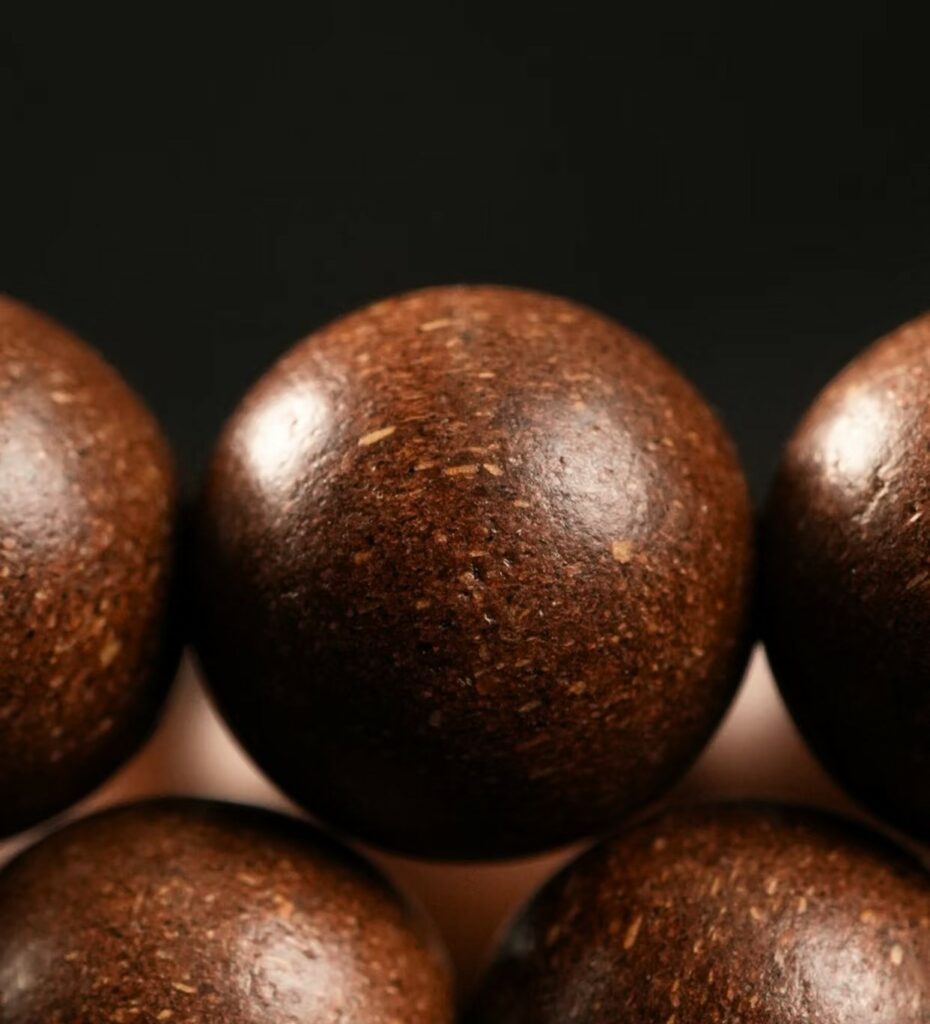
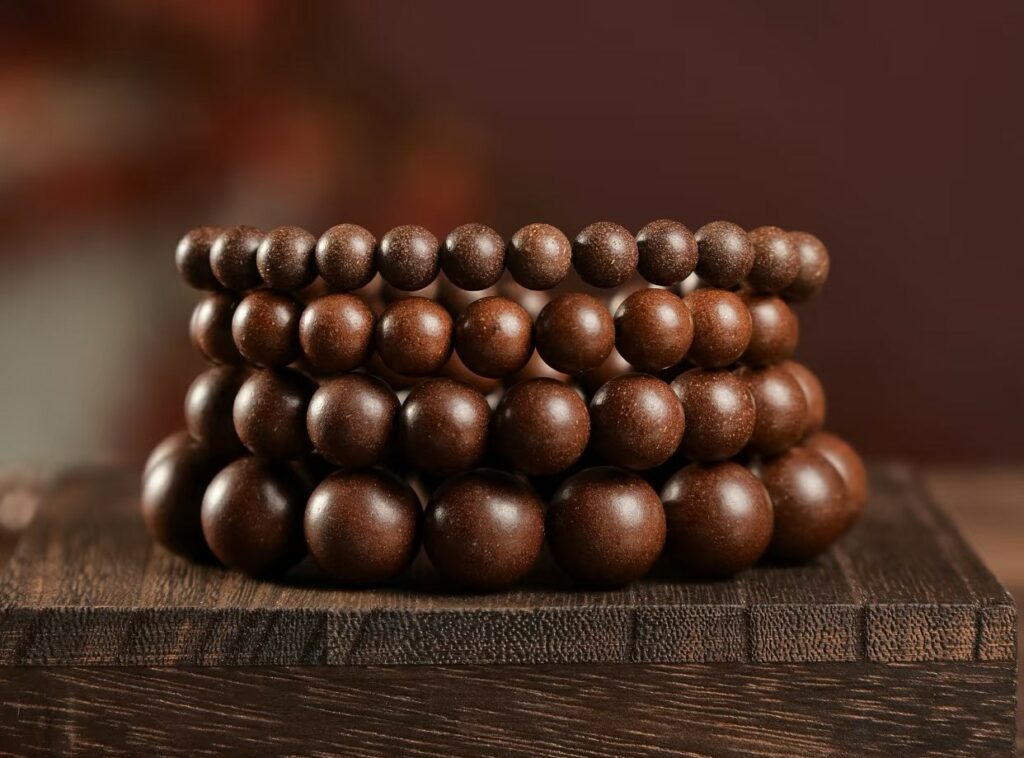
Scented Incense is often perceived in the modern world as a simple stick of fragrance—something to light for atmosphere, meditation, or ritual. Yet behind this commonplace image lies a tradition that is profound, intricate, and deeply rooted in the cultural history of East Asia. At the heart of this heritage stands the concept of blended incense, particularly in its highest form known as condensed blended incense, a craft recognized as part of intangible cultural heritage.
Four Ways of Appreciating Scented Incense:
- Fragrance Cloud - Meeting the Incense Directly
- Fragrance Resonance - Listening to the Echo of Scent
- Fragrance Essence - Walking into the Incense
- Lingering Fragrance - The Echo After the Flame
Blended incense, particularly the sophisticated art of Condensed Blended Incense, is not merely an aromatic product. It is a profound embodiment of Chinese philosophy, traditional medicine, and artistry. Designated as part of the country’s intangible cultural heritage, this form of incense represents the highest craftsmanship in traditional incense-making. Built on the principles of Traditional Chinese Medicine (TCM), it follows the classical “Monarch, Minister, Assistant, and Envoy” formula in its selection of materials and combinations. Each incense stick or bead is more than fragrance—it is a microcosm of wellness, mindfulness, and cultural continuity.
The journey of blended incense stretches across millennia, from the ritual-filled halls of ancient courts to the modern wellness practices that emphasize mindfulness and holistic healing. To understand this evolution is to trace the dialogue between humans, nature, and spirit, written in the language of fragrance.
It's Art and Legacy of Chinese Incense
How Does Incense Beads help your sleep well ?
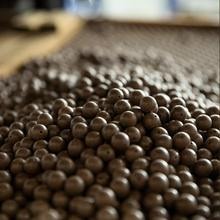
Modern research illuminates why these ancient aromatic practices show renewed relevance for sleep science. The neurobiological pathway begins when inhalation transports aromatic molecules to the olfactory bulb, which directly interfaces with the limbic system—the brain’s emotional core housing the amygdala and hippocampus. This privileged neural pathway explains scent’s unparalleled ability to evoke emotion and memory, bypassing rational processing centers. Crucially, calming fragrances trigger the release of melatonin, the hormone governing sleep-wake cycles, while reducing cortisol production associated with stress arousal.
The Science Behind Scent and Sleep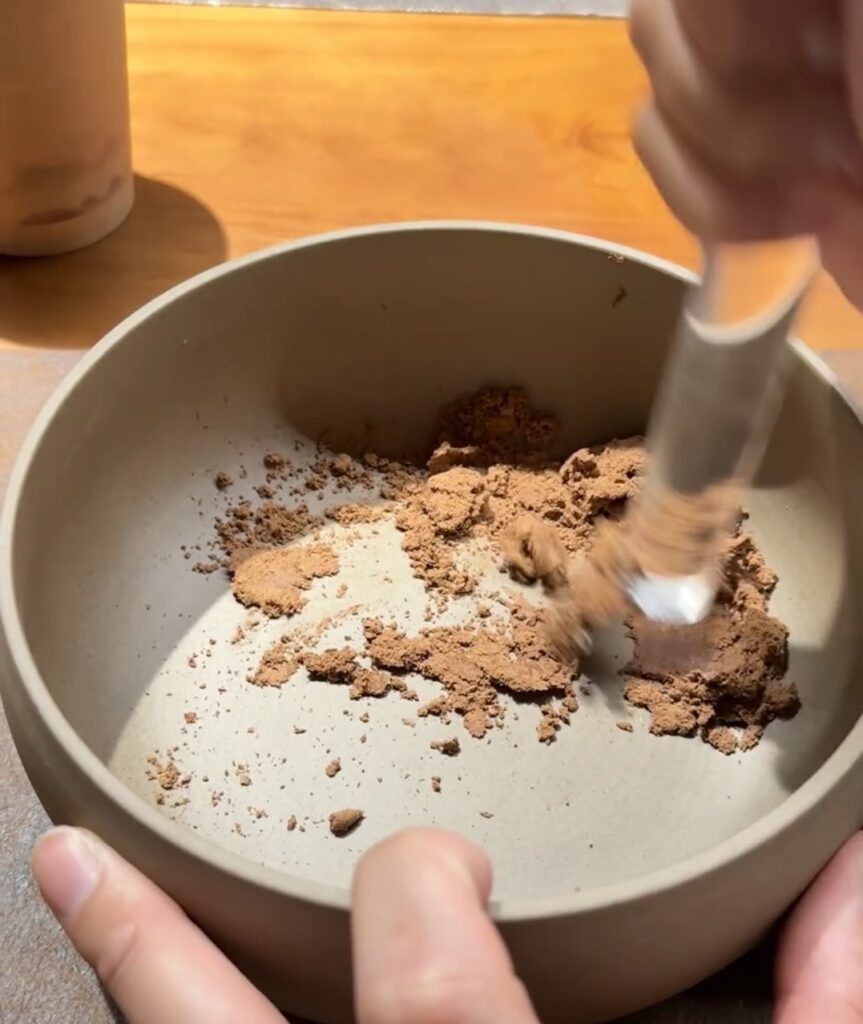
Traditional Incense Beads distinguishes itself from simple aromatherapy through sophisticated synergistic blending of ingredients targeting multiple sleep-disruption pathways simultaneously. Based on classical texts like the Kuangzhai Xiangpu, several formulas show particular relevance for modern sleep challenges
Sleep-Enhancing Incense Beads Formulas and MechanismsOrigins: Fragrance in the Early Dynasties
The roots of incense culture in China extend back to the Spring and Autumn and Warring States periods, when aromatic plants and resins were first utilized. At that time, incense was not merely aesthetic—it was medicinal, ritualistic, and spiritual. With the political unification under the Qin and Han dynasties, trade routes and cultural exchanges expanded, bringing exotic spices and incense materials deeper into Central China.
By the Wei, Jin, and Northern and Southern Dynasties, the Chinese had developed a sophisticated understanding of incense’s pharmacological properties. Scholars, physicians, and court practitioners began formulating “incense prescriptions” that blended aromatic woods, herbs, and resins to treat physical ailments and emotional imbalances. The earliest “fragrant prescriptions” were both medical and spiritual, laying the foundation for incense as a tool of healing and meditation.
Courtly Splendor: Incense in Palatial Rituals
During the Tang and Song dynasties, incense became an inseparable element of court life and aristocratic rituals. Imperial palaces transformed incense into a marker of elegance, refinement, and status. Rulers and nobility saw incense as an instrument of diplomacy, spirituality, and luxury.
Incense burners were placed in ceremonial halls, and special blends were created for seasonal rituals, aligning with cosmological principles. A carefully crafted incense might harmonize with spring’s renewal, summer’s exuberance, autumn’s introspection, and winter’s restoration. In these centuries, incense became a spiritual bridge: it linked the emperor to heaven, scholars to clarity of thought, and practitioners to meditative calm.
The Science and Philosophy of Blended Incense
The philosophy of blended incense is rooted in the TCM principle of formulation:
Monarch (Jun): the principal aromatic wood, such as agarwood or sandalwood, which defines the central therapeutic direction.
Minister (Chen): supporting materials, such as benzoin or frankincense, that enhance the effect.
Assistant (Zuo): balancing components, often calming or harmonizing herbs.
Envoy (Shi): agents that guide the fragrance, binding the formula and linking it to seasonal or personal conditions.
This philosophy makes incense not simply a mixture of materials but a dynamic symphony of elements. The scent is designed to engage body, mind, and environment simultaneously.
The Timeless Tradition of Scent
A Deep Dive into Scented Incense Beads for Mindfulness

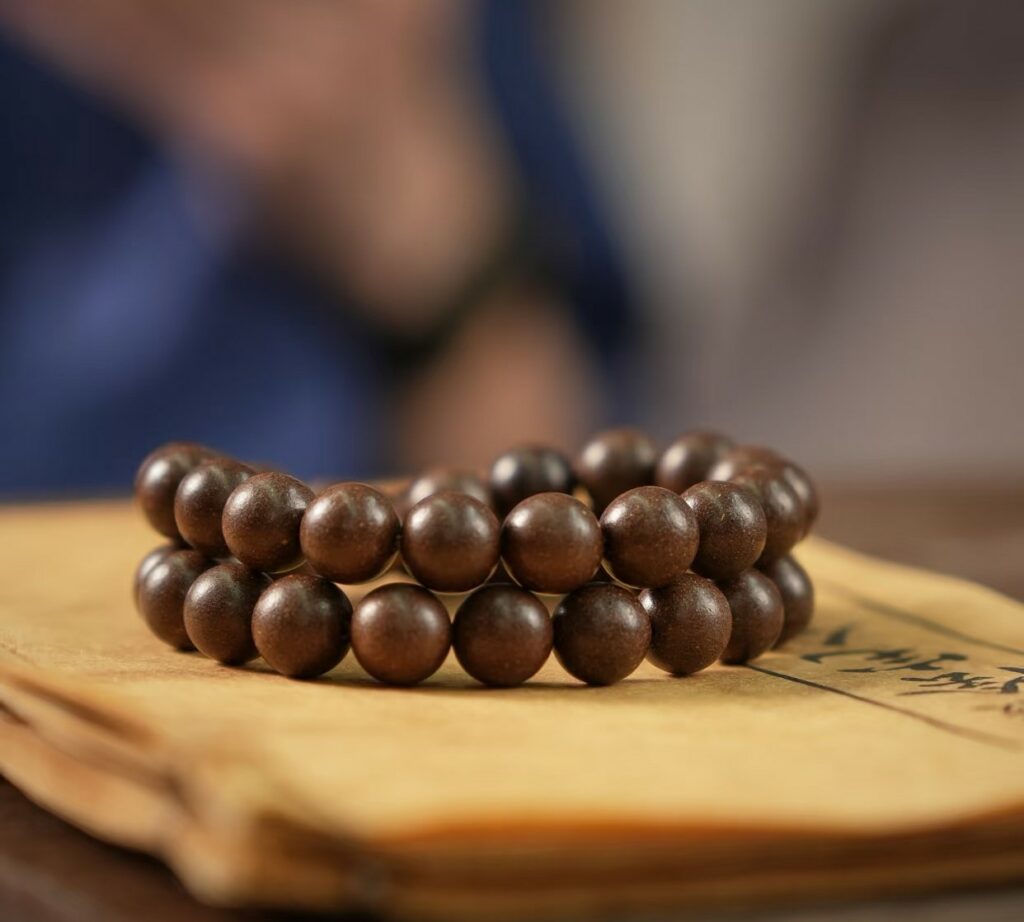
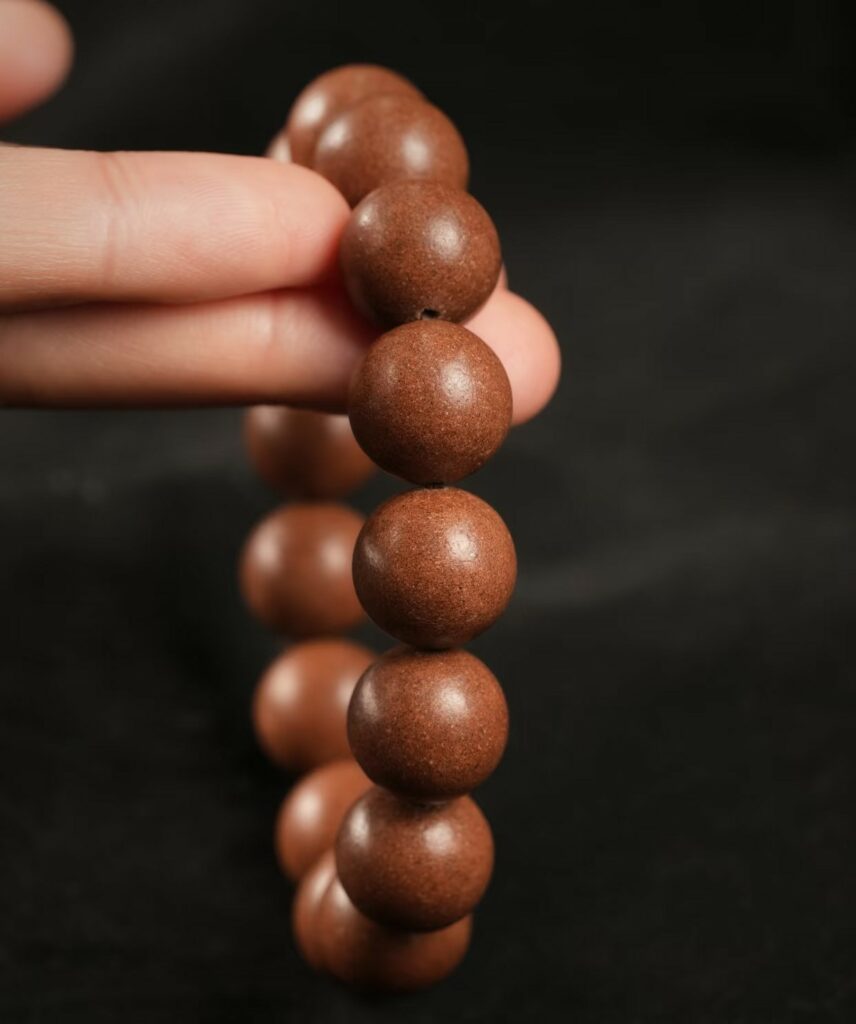
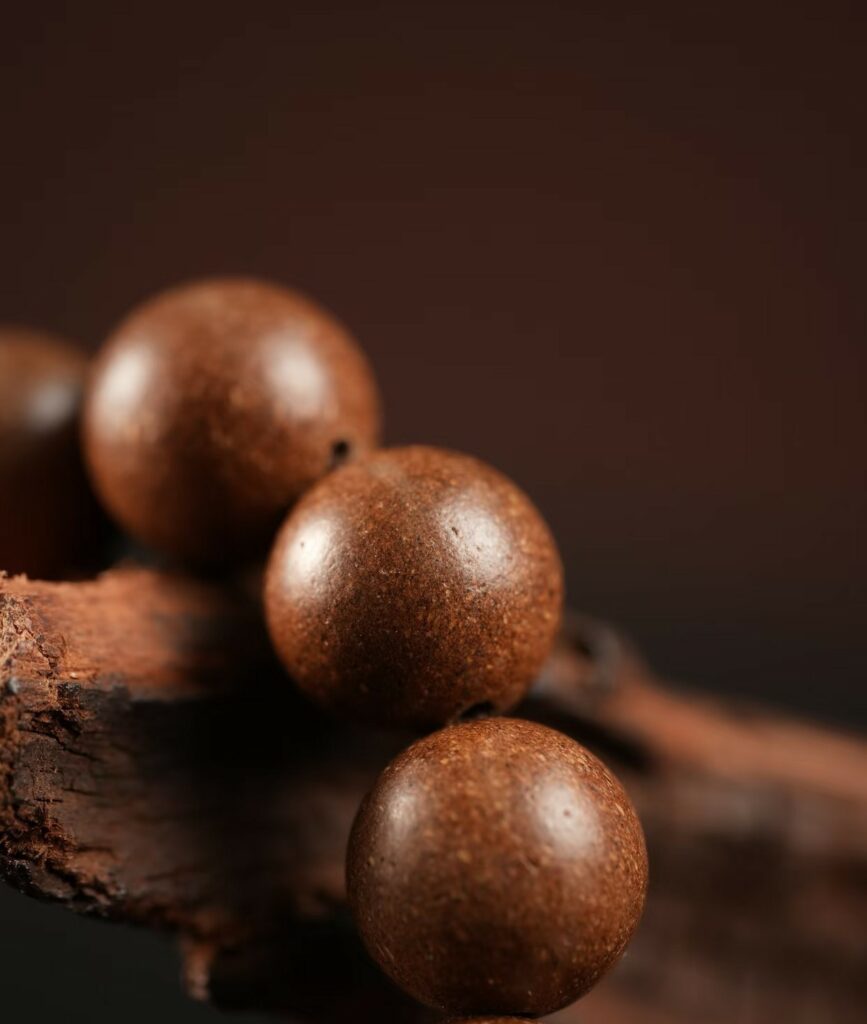
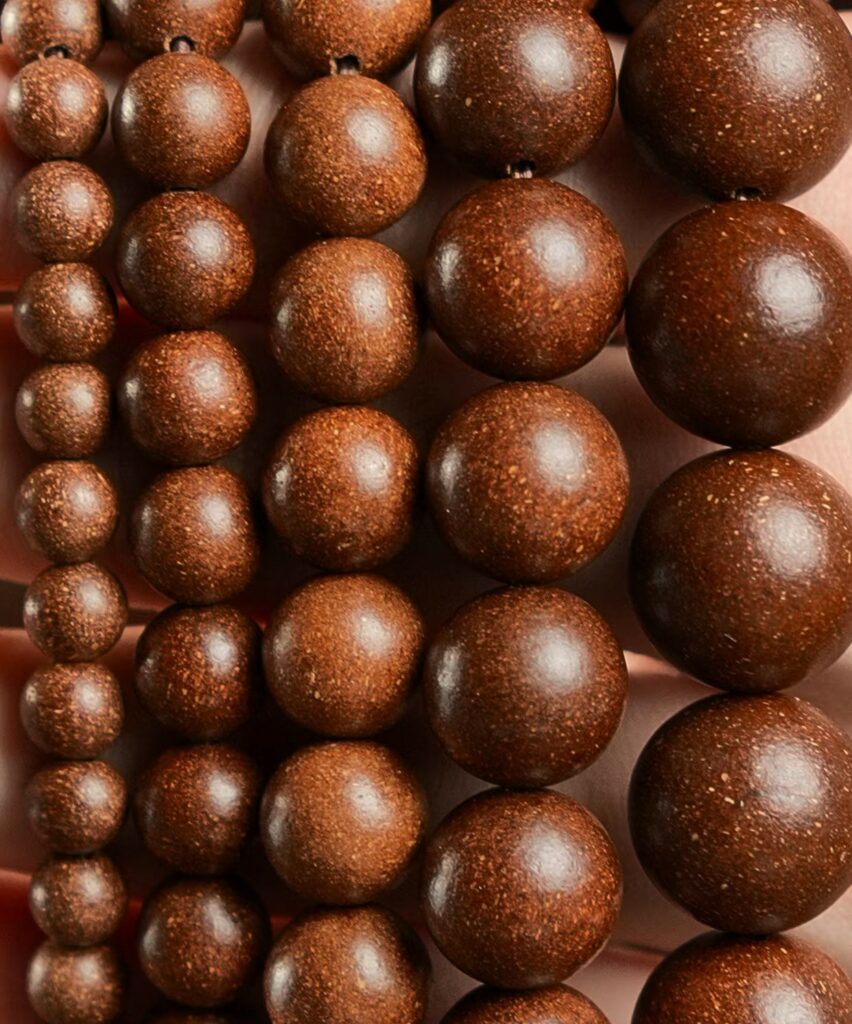
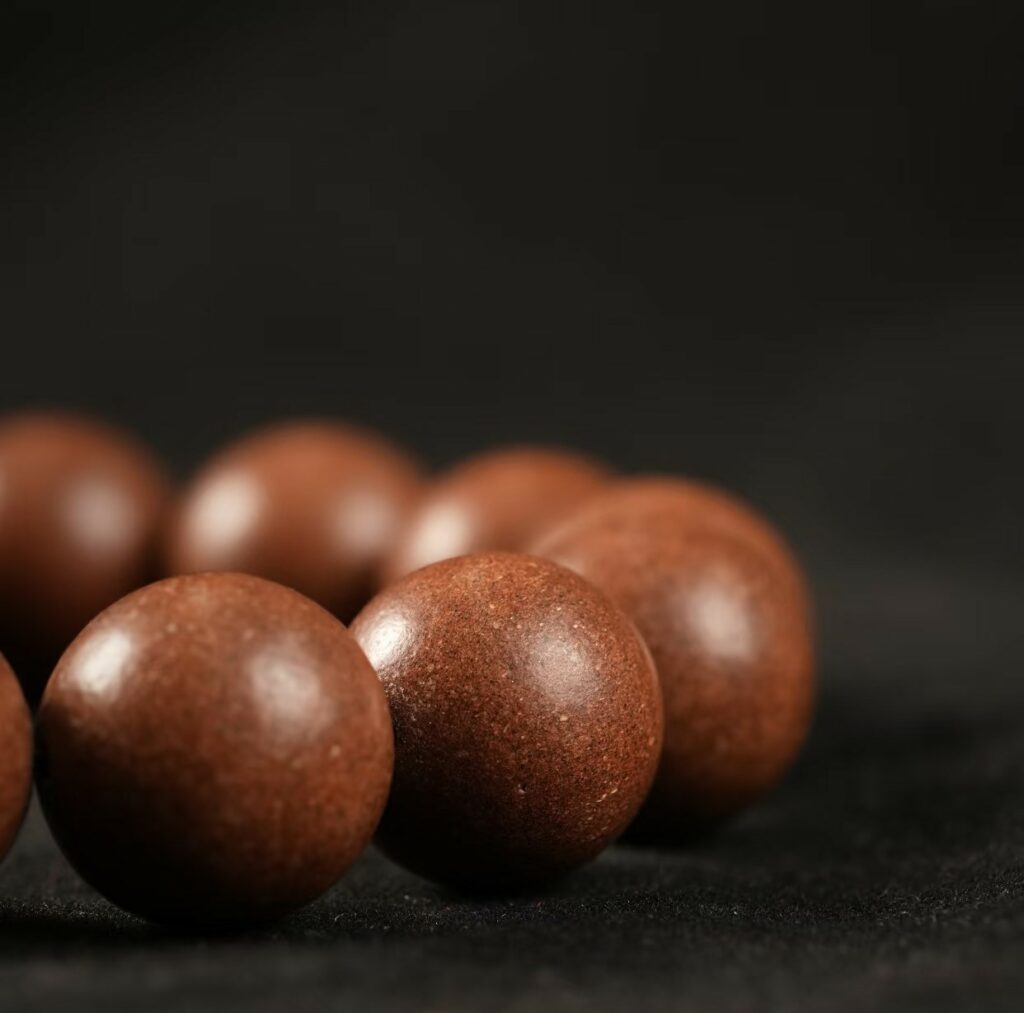
The Mastery of Condensed Blended Incense
What distinguishes Condensed Blended Incense is its extraordinary craftsmanship and rigorous process. The making of this incense involves 33 distinct procedures, each requiring years of experience and mastery by seasoned incense artisans.
The stages include:
Selection of raw materials: Only the most revered aromatics are used—agarwood, sandalwood, suhexiang (Styrax), and the rare Dalbergia odorifera resin (known as Jiangzhen).
Preparation: cleaning, fragmenting, and filtering to remove impurities.
Combination with medicinal decoctions: precious herbs are simmered to extract active compounds.
Binding agents: natural adhesives such as nanmu powder, bletilla root, and multifloral honey are used.
Refinement: from coarse grinding to ultra-fine powder, ensuring the aromatic molecules are preserved.
Mud refinement and resting: the powdered mixture is kneaded into a paste, left to mature, and then hand-formed into incense beads or sticks.
Sealing and drying: a secretive process that prevents the loss of fragrance while enhancing longevity.
Testing: small batches are burned to assess fragrance layering, medicinal effect, and harmony.
The result is incense praised in folklore as possessing the qualities of “wood softened to bone, yet shining with the brilliance of metal and stone.” It is simultaneously delicate and powerful, ephemeral yet enduring.
Beyond Fragrance: Therapeutic Dimensions
Condensed Blended Incense embodies the notion that fragrance is medicine. Its therapeutic dimensions are multi-layered:
Physical Health: Certain aromatic compounds exhibit antimicrobial, anti-inflammatory, or respiratory-supporting properties. For instance, agarwood contains sesquiterpenes known for their calming and analgesic effects.
Emotional Balance: The inhalation of natural aromatics modulates the nervous system. Traditional incense is known to reduce anxiety, alleviate insomnia, and promote emotional stability.
Spiritual Grounding: The act of burning incense encourages mindfulness, aligning breath with awareness, and grounding the practitioner in the present moment.
Thus, incense functions as an integrative therapy, where the lines between pharmacology, psychology, and spirituality blur.
Luxury Scented Incense
Su Neihan's Yamen Incense
Su Neihan , better known as Su Shi (1037–1101) or Su Dongpo, was a polymath of the Song Dynasty—renowned as a poet, statesman, and incense master. His creation, Yamen Incense , epitomizes the literati tradition of Xiangdao ( “the Way of Incense”), blending olfactory artistry with philosophical refinement. Designed for use in government offices (yamen) and scholarly studios, this incense aimed to purify the mind, enhance focus during administrative duties, and cultivate inner tranquility amid bureaucratic pressures3. Unlike lavish imperial blends, Su Shi’s formula prioritized accessible ingredients, reflecting his Daoist-Buddhist ideals of simplicity and harmony with nature.
A Journey Toward Mindfulness
The modern resurgence of blended incense is inseparable from the rise of mindfulness practices. Just as meditation emphasizes awareness of breath, posture, and thought, incense provides a sensory anchor. The slow release of aromatic molecules becomes a rhythm for the mind.
Each note of fragrance unfolds in layers: the sharp brightness of the opening, the mellow heart notes, the deep grounding base. This unfolding mirrors the meditative process—restlessness giving way to focus, and focus maturing into stillness.
In contemporary wellness culture, incense is not merely nostalgic; it is practical psychology. The act of lighting incense becomes a ritual pause, a signal to the body and mind that one is entering a sacred or restful space.
The Continuity of Heritage
The recognition of Condensed Blended Incense as intangible cultural heritage ensures the continuity of ancient wisdom. In an era of synthetic fragrances and mass production, the insistence on handmade, natural, and holistic processes is both a cultural safeguard and an ecological statement.
This heritage insists on balance: between human and nature, medicine and fragrance, ritual and daily life. To preserve incense-making is to protect an ecosystem of philosophy, craft, and community.
Incense in the Modern Wellness Landscape
Today, blended incense occupies a central place in the broader movement of holistic living. It is being integrated into:
Meditation retreats, where incense creates a sensory environment conducive to stillness.
Yoga practices, where grounding scents enhance breath control and energy flow.
Therapeutic clinics, where incense supports stress reduction and sleep therapy.
Home rituals, where individuals use incense to unwind, study, or simply reclaim calm.
This blending of ancient and modern demonstrates that incense is not locked in the past. Rather, it is a living tradition, adaptable and resonant with contemporary needs.
The Eternal Fragrance of Harmony
The journey of blended incense—from the palaces of emperors to the meditation rooms of modern practitioners—is more than a historical curiosity. It is a testament to the human desire for harmony, healing, and transcendence.
Each bead of Condensed Blended Incense carries with it the memory of forests, the wisdom of medicine, the elegance of artistry, and the rhythm of human breath. When lit, it transforms space into sanctuary, time into mindfulness, and fragrance into medicine.
To speak of incense is to speak of a journey: from the distant past into the living present, and from the outer world into the innermost self.
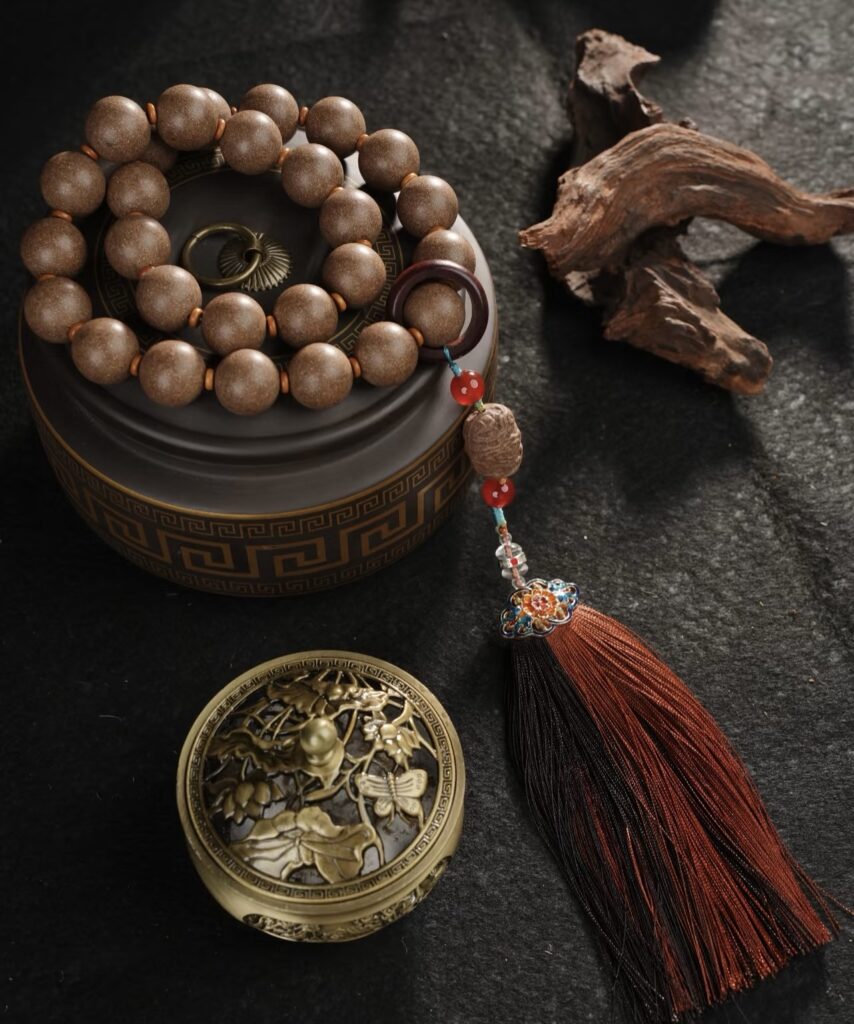
Chinese Scented Incense Culture
In the old world of scholars and monks, incense was never a luxury—it was a necessity. The ancients understood something we often forget: fragrance travels straight to the heart. Unlike words, unlike reason, scent slips beneath the surface, binding memory, stirring spirit, releasing tension.
Think of sandalwood. Its warmth doesn’t argue with you, it doesn’t demand. It simply grounds you, whispering: stay, breathe, do not drift away. Think of agarwood: deep, mysterious, with a gravity that pulls wandering thoughts back to center. Lotus petals soften anger into tenderness. Cinnamon ignites energy. Each scent speaks a different emotional language, and when blended into Scented Incense Beads, those voices become a chorus.
CONTACT US
Blended incense has always carried meaning beyond fragrance. In temples, it rises as an offering to the divine; in homes, it creates atmosphere for meditation, poetry, or study. Scholars of the past described incense as a companion to tea, painting, and music—a medium that refines the mind and connects human life with the rhythms of nature.
Philosophically, incense symbolizes impermanence. The smoke curls upward and disappears, reminding us of life’s fleeting beauty. Yet its lingering fragrance remains, echoing memory and spirit.

